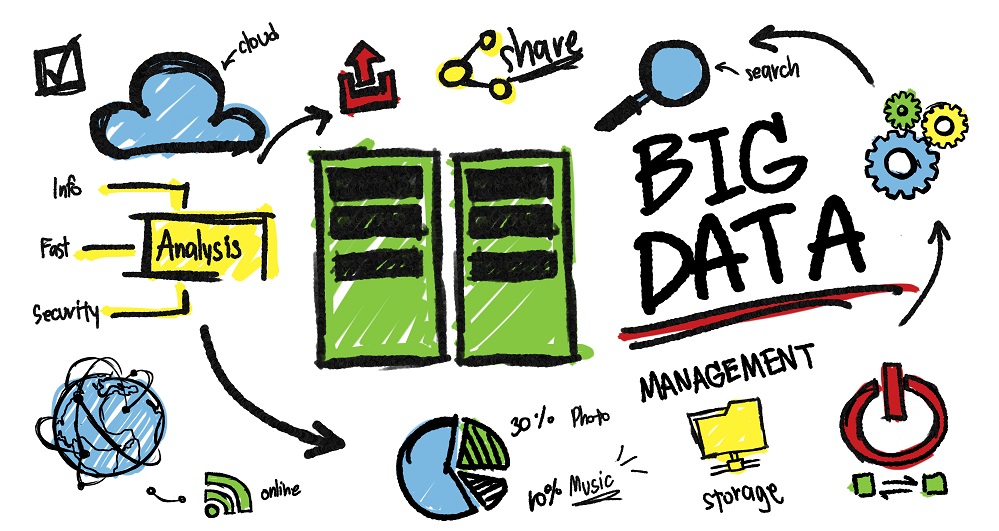Enhancing teaching and learning through educational data mining
AI • Mar 24,2017

Enhancing teaching and learning through educational data mining

Educational data mining is a interdisciplinary research area that deals with the development of methods to explore data originating in an educational context and uses computational approaches to analyse educational in order to study educational questions. How a sub-field of artificial intelligence can enhance teaching and learning?
Education is getting very close to a time when personalization will become commonplace in learning. Imagine an introductory biology course. The instructor is responsible for supporting student learning, but her role has changed to one of designing, orchestrating, and supporting learning experiences rather than “telling.” Working within whatever parameters are set by the institution within which the course is offered, the instructor elaborates and communicates the course’s learning objectives and identifies resources and experiences through which those learning goals can be attained.
Research on machine learning has yielded techniques for knowledge discovery (see sidebar for a definition) or data mining that discover novel and potentially useful information in large amounts of unstructured data. These techniques find patterns in data and then build predictive models that probabilistically predict an outcome. Applications of these models can then be used in computing analytics over large datasets.
Computer-based learning systems can now keep detailed logs of user-system interactions, including key clicks, eye-tracking, and video data, opening up new opportunities to study how students learn with technology. Although researchers have been recording and analyzing data from educational software for a long time, only recently has EDM been established as a field in its own right, through conferences (Internal Conference on Educational Data Mining, started in 2008) and a scientific journal (Journal of Educational Data Mining (JEDM), first issue published 2009). Basically EDM emerged from offline education, e-learning and learning management systems and intelligent tutoring.
The EDM process converts raw data coming from educational systems into useful information that could potentially have a great impact on educational research and practice. This process does not differ much from other application areas of data mining like business, genetics, medicine, etc. because it follows the same steps as the general data mining process: pre-processing, data mining and post-processing.
EDM uses a wide range of methods to analyze data. Supervised model induction comprises machine learning techniques that infer prediction models from training instances for which the values of a target attribute are known. Unsupervised model induction comprises machine learning techniques that infer models from training instances for which the values of a target attribute are not known. Parameter estimation comprises statistical techniques to infer parameters of probabilistic models from given data. Relationship mining is concerned with the identification of relationships between variables – relationships which might be associative, correlational, sequential or causal in nature. Distillation of data for human judgment aims at representing data in intelligible ways using statistics, visualization methods and interactive information interfaces. Discovery with models comprises approaches that bootstrap already existing models to make discoveries rather than computing new models from scratch.
Educational data mining and learning analytics have the potential to make visible data that have heretofore gone unseen, unnoticed, and therefore unactionable. In order to enhance teaching and learning EDM should be included in creation and continuing strong collaboration across research, commercial, and educational sectors.
Author: AI.Business
If you like our articles, please subscribe to our monthly newsletter:
[mc4wp_form id=”763″]
Previos Article Machine learning and energy efficient building design
Next Article The role of machine learning in construction safety